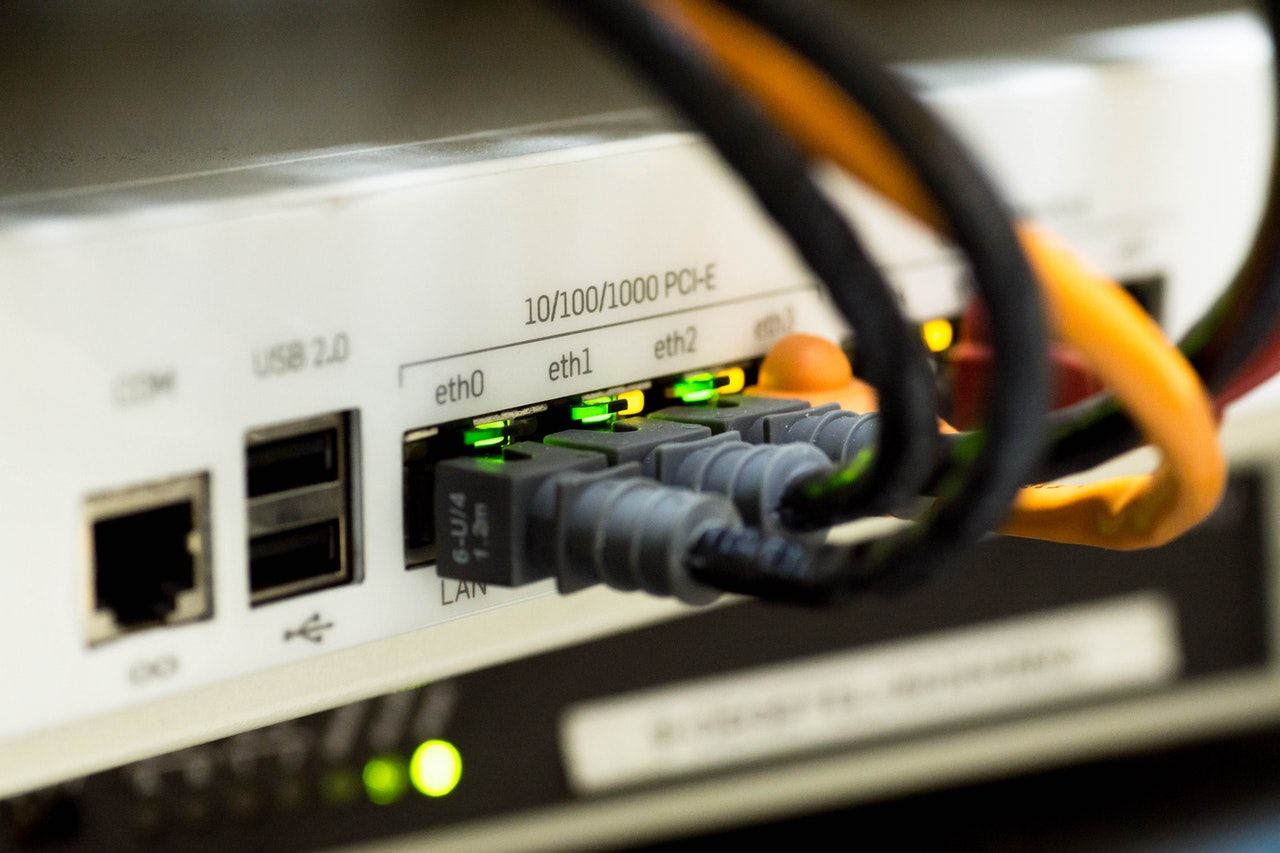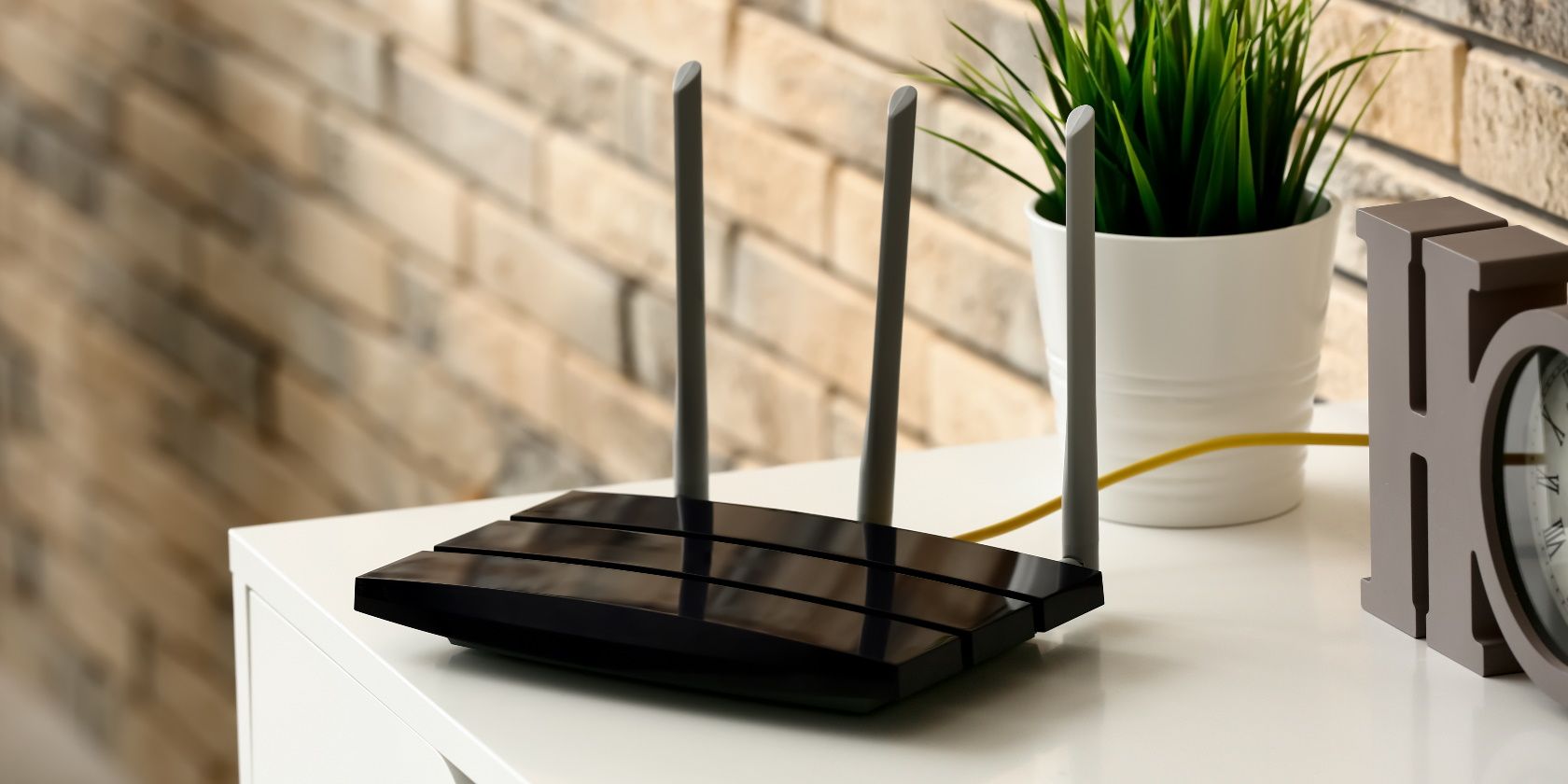The internet you use daily would not be possible without network devices such as switches, routers, and modems. Network switches and routers are two of the most popular network devices used globally, but they’re often incorrectly used interchangeably.
While routers and switches have significant differences in how they operate in a network, they do have some fundamental similarities. Let’s dive into these network devices and the difference between a router and a switch.
Understanding Basic Networking Terms
Before we get into the technical details of how routers compare against switches, we must understand some of the fundamental concepts of a network.
The internet is a global network that connects billions of devices and allows users to exchange information, media, and much more. The two main types of networks you need to know about are Wide Area Networks (WAN) and Local Area Networks (LAN).
A LAN connects a relatively small group of computers, usually within the same building. Your office or home networks are good examples of Local Area Networks. On the other hand, Wide Area Networks connect different LANs; the internet we use daily is globally accessible public WAN.
Additionally, each device on a LAN or WAN has a designated IP address that allows it to identify itself and communicate with other devices. The laptop, smartphone, and tablet you use are connected to your local area network, and each device has its unique IP address.
Imagine sending an email to an acquaintance in a different city to understand how data transfer occurs in a network. It is not practical to send your email in one big chunk, so it is first broken down into several small packets.
Each packet is then sent (routed) towards the destination IP address. Eventually, the packets find their way to your acquaintance’s PC, which then assembles the received packets and displays the email.
What is a Switch
A network switch connects multiple devices such as PCs, printers, and servers within a single LAN. Once all the devices within a network are interconnected, they can easily exchange information with each other. In the seven-layer OSI model of the internet, switches typically operate in layer 2.
Switches use the MAC address of each device to forward data packets to the correct destination.
What is a Router
A router is a vital network component that connects multiple switches. While switches connect different devices within a small local area network, routers are the interlink between different small LANs. These networks can be spread across different geographical locations or confined within a small area.
Routers carry out various tasks but essentially route network traffic by deciding the best possible path for a data packet. Network devices can also access the internet using routers.
Switch vs. Router
Now that you have a good idea of what routers and switches are, we can look into critical differences.
A router is essentially more advanced and sophisticated as compared to a switch. They can perform Network Address Translation (NAT), take routing decisions faster, and use routing algorithms to direct data around large networks.
Routers join different LANs, whereas switches operate within a LAN. It is also important to note that switches are part of the Data Link Layer, and so they typically work with data frames. In contrast, routers are part of the Network Layer and use data packets instead.
Difference Between Router and Switch
Network switches and routers are essential devices that help us access the internet in our everyday life. While there’s much more behind the scenes, these are the fundamentals that differentiate the two.






